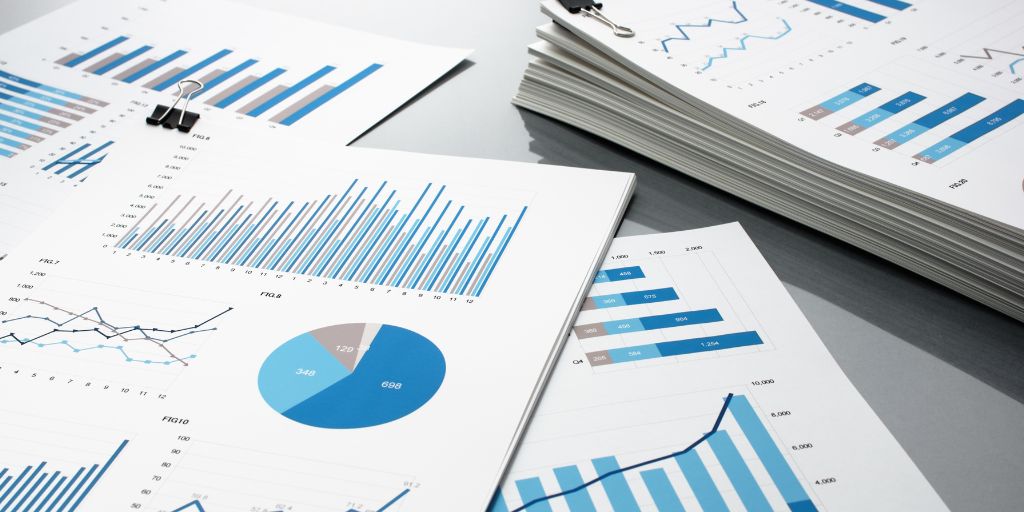Constructing a Powerful Online Presence: Websites for Manufacturers
Your manufacturing organization’s website is everything. Your digital front door, messaging megaphone, reputation presentation, and product showcase. Your website is the most valuable asset in your sales and marketing ecosystem. In the present day, buyers tend to avoid communication until it becomes absolutely necessary. They have a preference for gathering information proactively and expect quick access to it. Only when they have completed all their research are they ready to engage by reaching out to you for more information. Your website must help them with taking that next step.
The Almighty Website
Your website is the fifth pillar of the Great 8 Pillars of ROI-Driven Marketing, and it’s all about building an ROI-driven machine that generates leads while you sleep.
To turn your website from an online brochure into a lead-generating machine, you should aim to accomplish eight primary objectives with it:
- Attract qualified buyers
- Present a professional image of your organization
- Educate, inform, and excite buyers about how you will help them succeed
- Educate and inform buyers about your company, products, and services
- Clearly illustrate how easy it is to do business with you
- Build trust with your audience
- Encourage and solicit your visitors to take the next step in engaging with your organization
- Collect information on visitors’ needs and interests and deliver it to the sales and marketing teams
What is an ROI-Driven Website?
When we talk about an ROI-driven website here at G8P, we are talking about a website that converts visitors into qualified leads and/or a website that can be proven to add significant value to the buyer during the buying process, leading to sales revenue. Having an ROI-driven website is essential for manufacturers aiming to maximize their digital marketing success. By focusing on conversion optimization, an ROI-driven website becomes a powerful tool for generating measurable business outcomes and achieving a higher return on investment.
How Big Should My Website Be?
Over the last decade, content marketing experts have recommended that companies create copious amounts of content and append that content to their websites to assist in positioning themselves as thought leaders and improving search engine rankings. This results in a website page full of worthless junk. There is no specific answer to how many pages are needed in a successful website. It’s more about asking the question of how many pages does it take to meet the eight objectives listed above. However, your website should include a few important types of pages: Homepage, About Page, Product Pages, and Resources. A good way to determine whether you want to add a page is whether it satisfies one of the four things:
- To educate, inform, or excite
- To solicit buyer engagement
- To collect information about the buyer
- To instill trust
- All of the above
Each page should have at least one of these purposes. If a page on your website does not do one of these things, you probably don’t need it.
What Technologies Should My Website Employ?
The most important component is your content management system (CMS). In short, a CMS is a software application that allows users to build and manage a website without having to code from scratch.
Your CMS is the foundation of your ROI-driven website. Why? A strong CMS will be more efficient and save you time and money. If your CMS is outdated or ineffective, you will spend countless hours and dollars on maintenance and security.
When looking for a CMS, you must keep in mind that cheaper doesn’t always mean better. With our experiences, two CMS platforms have stood out: HubSpot and WordPress. Furthermore, we have found that HubSpot is superior for ROI-driven lead machines. Here are some factors to consider when choosing a CMS:
- Ease of Maintenance - Your CMS should allow your marketing team to easily update and maintain your site.
- Security - Your CMS should be built on a secure platform that keeps cyber threats at bay.
- Hosting Features and Costs - How much will it cost you annually to use that CMS?
- Support - Does the CMS have a strong support team that can help you if you run into issues?
- Templates and Integrations - At the very least, your CMS should be able to easily integrate with your marketing automation software and your customer relationship management (CRM) software.
Is Your Website Technically Sound?
The last key component of creating a lead-generating machine is to make sure your website is technically sound and optimized to bring in qualified traffic. Here are some things to consider when determining if you have a technically sound website.
- Is your website clear, simple, and easy to navigate?
- Does your organization have clear and strong calls to action on its site?
- Does your website have clear pathways for engagement?
- Is your website built on a strong content management system?
- Do your website analytics meet industry standards?
- Does your website page speed meet or exceed industry standards?
Building Your Lead-Generating Machine
Websites are essential in manufacturing marketing due to their ability to establish an online presence, build credibility, generate leads, distribute content, gather data, and grow with your business. It is also important to remember that your website is not a one time project that you build, launch, and forget. It’s a living, breathing asset that should be refined continually.
To take your first step to creating an effective website, schedule a call with one of our G8P coaches. Our coaches can help you determine what specifically needs to be done to your website to make it become the ROI-driven marketing machine it’s supposed to be.
You May Also Like
These Related Stories

Unlocking The Power of Data: Analytics and Reporting for Marketing Leaders in Manufacturing

Forging Connections: Value Proposition, Messaging, and Branding



